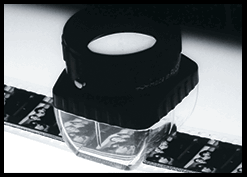Raimondo Borea Picture Used in New Book "Acting in the Academy: The History of Professional Actor Training in US Higher Education"
/A photograph of Raimondo Borea's has been used in the recently published book "Acting in the Academy: The History of Professional Actor Training in US Higher Education," by Peter Zazzali. The picture of Borea's depicts the first graduating class from the Juilliard School's acting program taught by John Houseman and was attended by Kevin Kline (below).
Group 1 of the juilliard school's acting program (c. 1972)
Summary of the Book:
"There are over 150 BFA and MFA acting programs in the US today, nearly all of which claim to prepare students for theatre careers. Peter Zazzali contends that the curricula of these courses represent an ethos that is as outdated as it is limited, given today’s shrinking job market for stage actors.
Acting in the Academy traces the history of actor training in universities to make the case for a move beyond standard courses in voice and speech, movement, or performance, to develop an entrepreneurial model that motivates and encourages students to create their own employment opportunities. This book answers questions such as:
How has the League of Professional Theatre Training Programs shaped actor training in the US?
How have training programmes and the acting profession developed in relation to one another
What impact have these developments had on American acting as an art form?
Acting in the Academy calls for a reconceptualization of actor training the US, and looks to newly empower students of performance with a fresh, original perspective on their professional development."






















